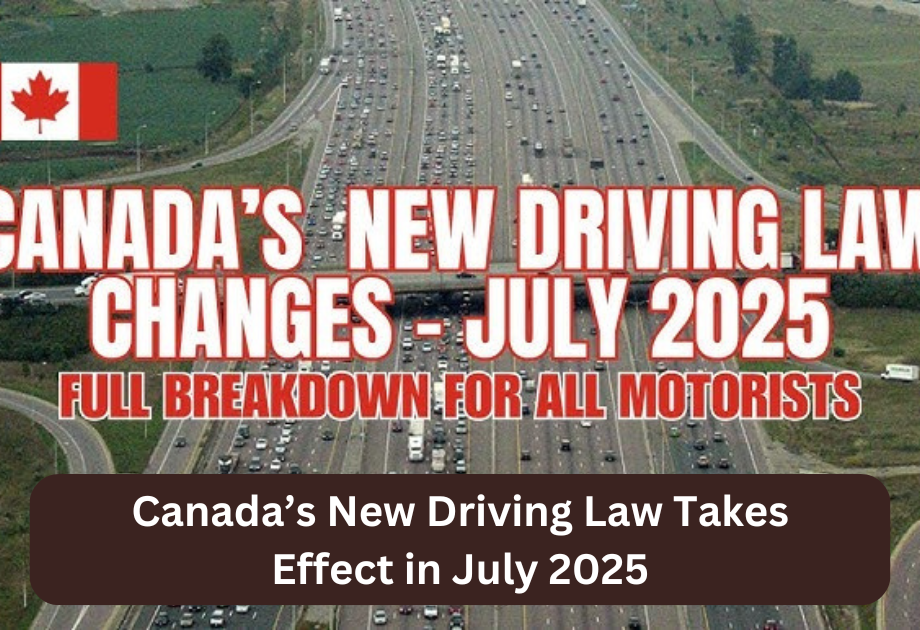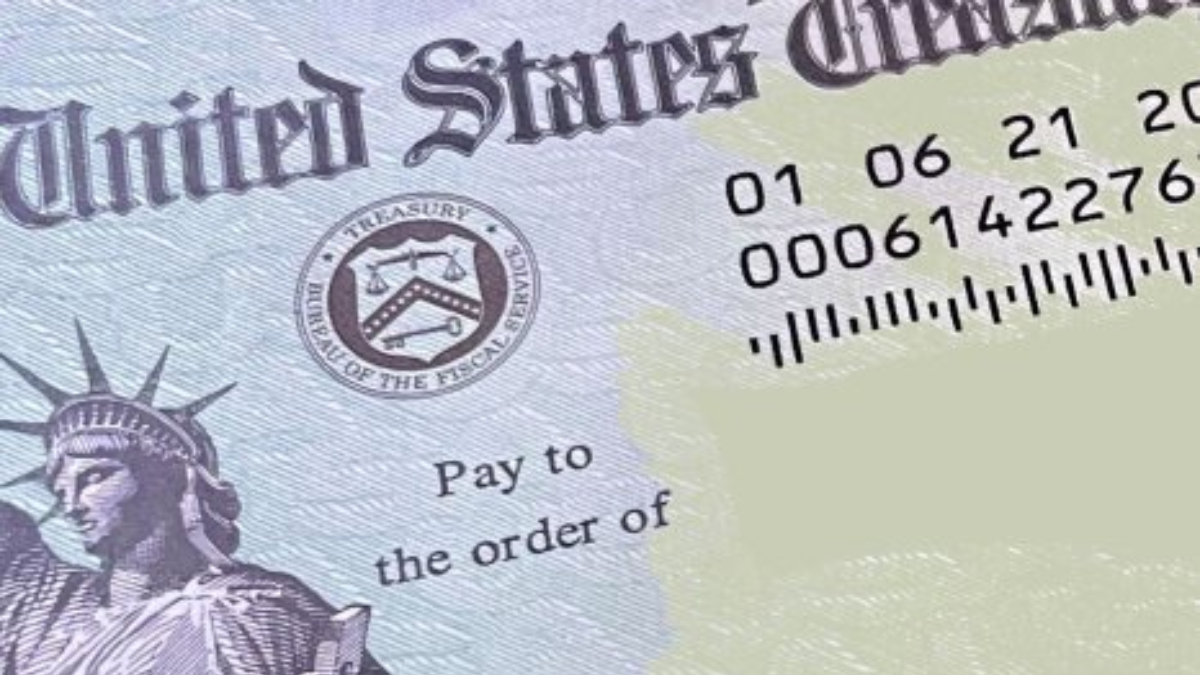Starting July 1, 2025, Canada is rolling out major changes to its national driving regulations. These updates aim to enhance road safety, reduce distracted driving, and bring uniformity across provinces. Whether you’re a daily commuter, truck driver, or new license holder, it’s important to understand how the new laws may affect your license, insurance, and everyday travel. Failing to comply may result in higher penalties, license suspensions, or fines.
What’s Changing in the New Driving Law?
The most notable update includes stricter penalties for distracted driving, with fines increased by 25% nationwide. The definition of distracted driving has also been expanded to include smartwatches and any interaction with digital displays, even when stopped at a red light. The law also introduces a nationwide zero-tolerance policy for drug-impaired driving, along with mandatory roadside testing for suspected drivers. Moreover, all provinces will now follow standardized graduated licensing rules for new drivers.
| Key Changes | Details |
|---|---|
| Distracted Driving Penalties | Fines increased by 25% |
| Drug-Impaired Driving | Zero-tolerance and roadside testing |
| Graduated Licensing | National standardization for learner stages |
| Vehicle Inspection | New mandatory checks for commercial vehicles |
| Smart Devices Use | Banned, even when vehicle is idle |
How Will These Laws Affect Everyday Drivers?
Everyday drivers should prepare for increased enforcement on highways and within cities. Police will have expanded authority to conduct spot-checks for device use and conduct sobriety assessments. If caught using unauthorized devices while driving or idling, drivers may face hefty fines, license points, and even temporary suspensions. Commercial drivers will undergo mandatory vehicle inspections every six months, and non-compliance may affect operating licenses or insurance premiums.
What Should New Drivers Expect?
New drivers across Canada will now follow a uniform graduated licensing system, consisting of three clearly defined stages. This change aims to reduce confusion between provincial rules and increase safety training consistency. Minimum learning periods, mandatory driving hours, and zero-alcohol policies will apply to all new drivers nationwide. Those who do not meet the new national criteria may need to take additional training or exams to retain their licenses.
How to Stay Compliant With the New Rules?
To avoid penalties or license issues, drivers should stay informed by checking with their provincial transportation department or Service Canada portal for updates. It’s recommended to disable smart device notifications while driving and ensure all commercial or personal vehicles are up to code with inspection requirements. Refresher courses are also being offered in many provinces, especially for commercial drivers or those with multiple infractions on record.
The July 2025 driving law changes signal Canada’s strong push toward safer, smarter roads. With stiffer distracted driving penalties, uniform licensing standards, and greater enforcement of impaired driving, the government aims to reduce accidents and improve driver accountability. Now is the time to adapt, review your driving habits, and make sure your documents, devices, and driving knowledge are all up to date.
FAQ’s:
1. Are these laws the same in all provinces?
Yes, these are part of a national update, though some provinces may add additional rules.
2. Will this affect my insurance premium?
Yes, violations under the new law can lead to higher insurance costs.
3. Can I use my phone if it’s on hands-free mode?
Only if it is mounted and requires no physical interaction while driving.
4. What if I’m caught with a smartwatch notification?
You may still face a distracted driving fine if you interact with the device.
5. Do these changes apply to existing license holders?
Yes, all drivers must comply, regardless of when they received their license.

























